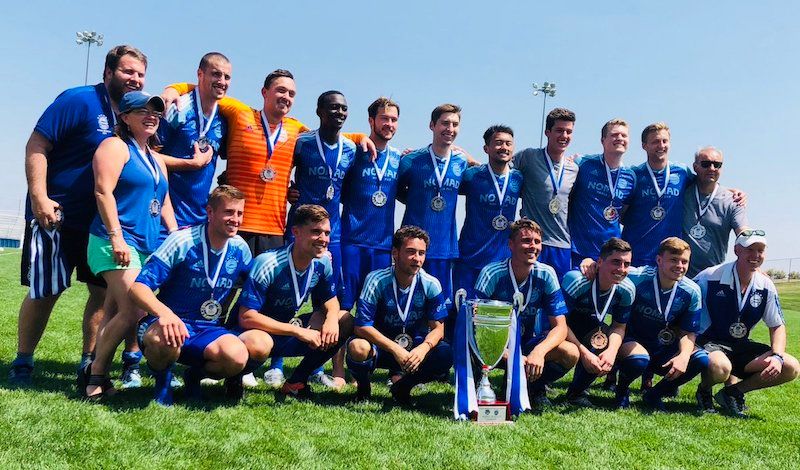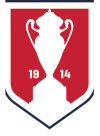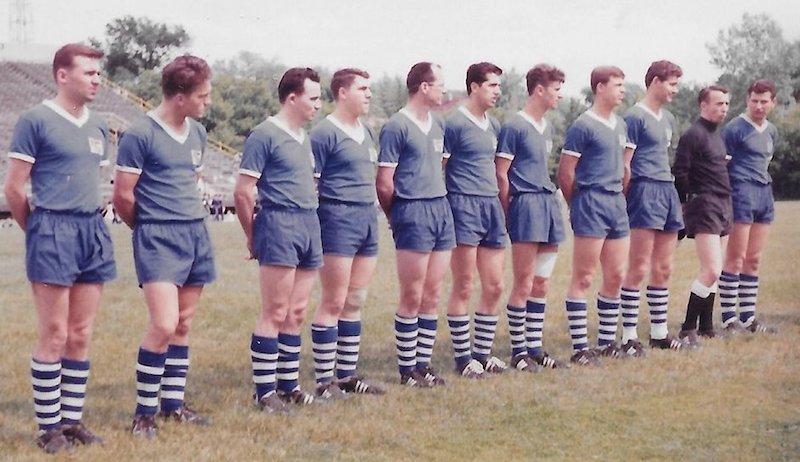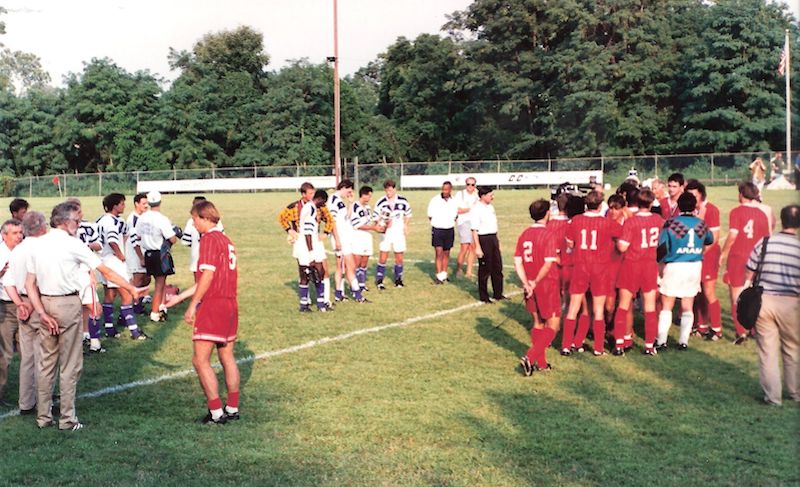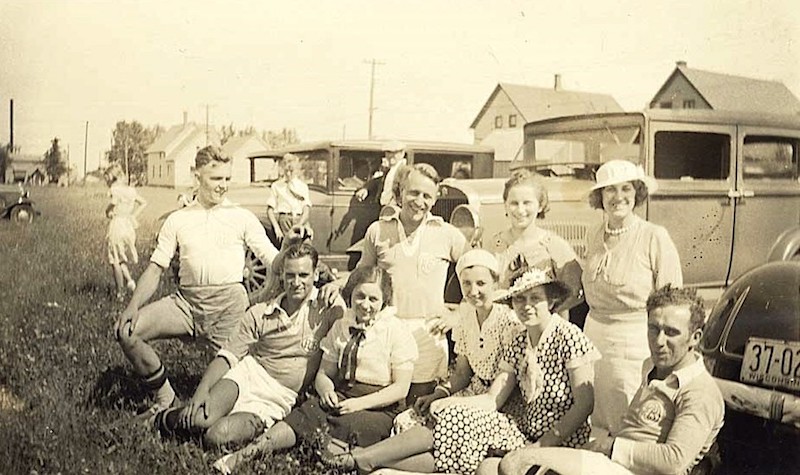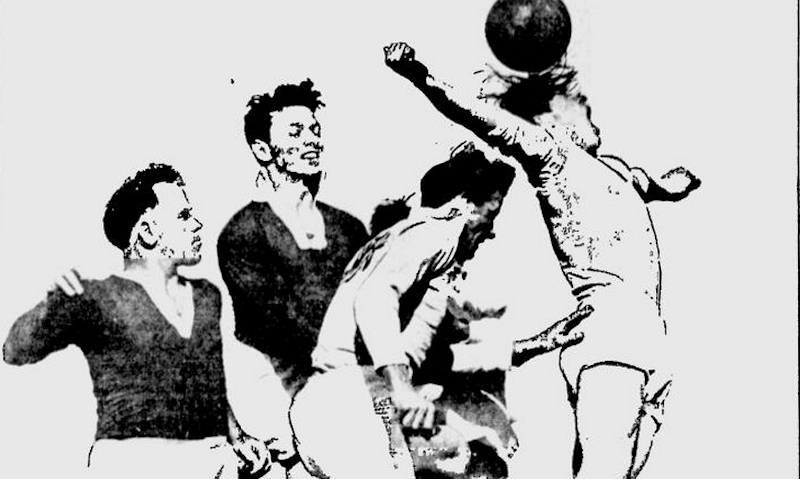Milwaukee’s Bavarians: Now & Then
Milwaukee Bavarians SC, back for another tilt at the 2019 U.S. Open Cup, have been known by many names in their 90-year history. But whatever you call them, they are up there among the top amateur clubs in the history of American Soccer.